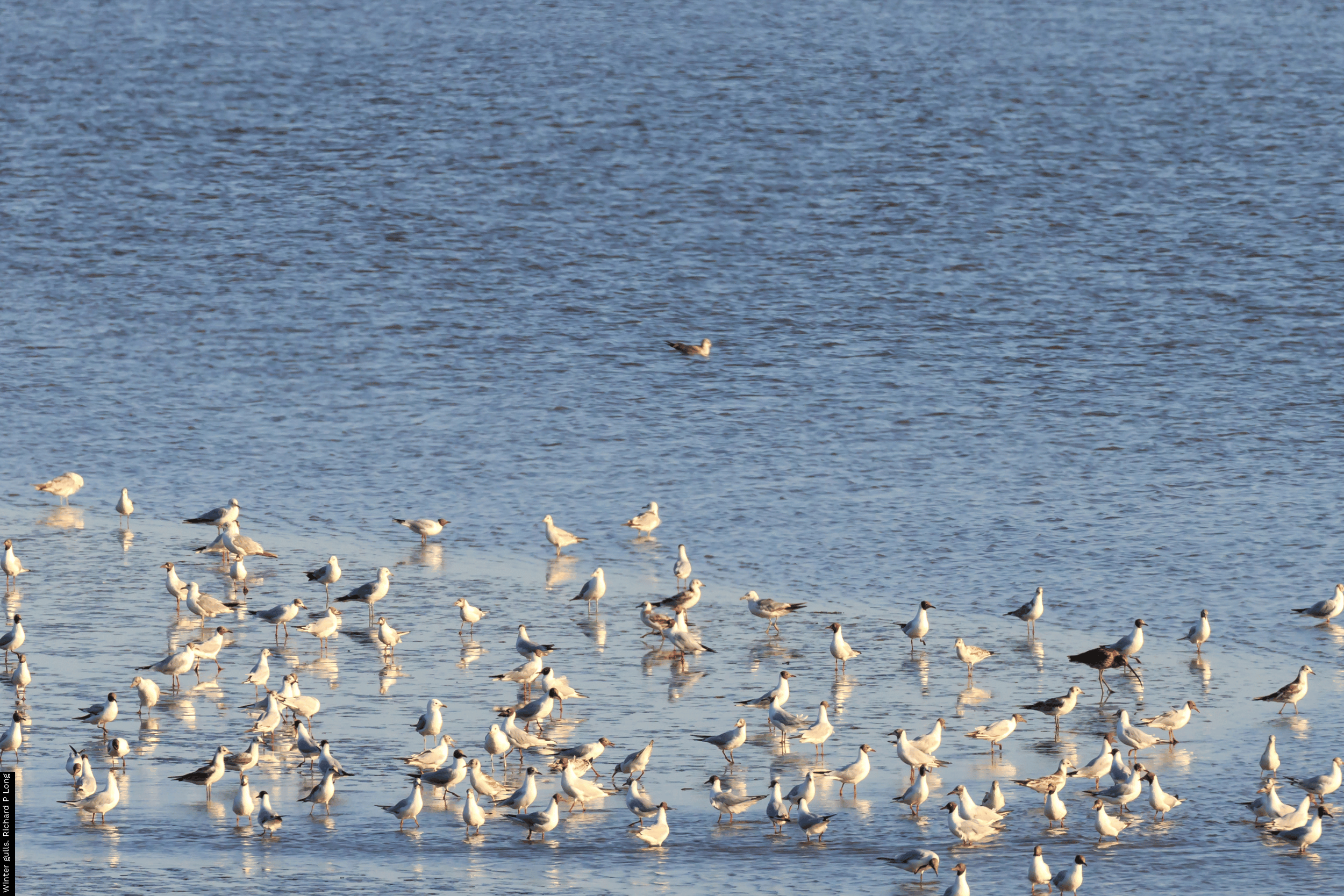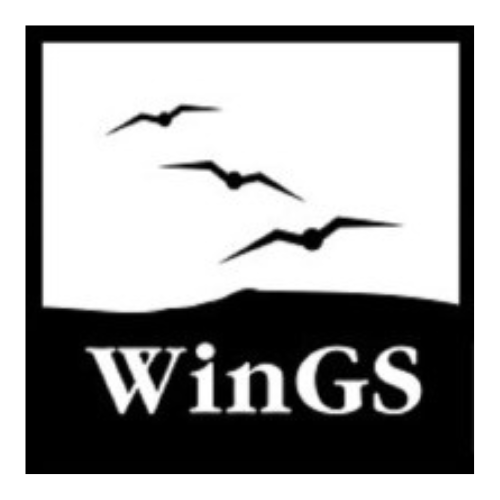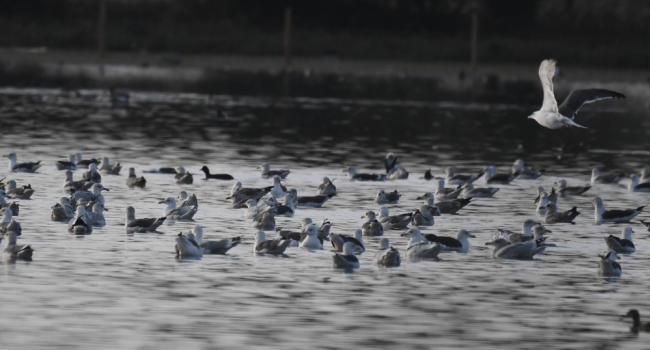Winter Gull Survey

The Winter Gull Survey collects information about our wintering gull populations, through the coordinated effort of volunteer surveyors across the UK.
- Visit the WinGS Vacant Site Map to view and request sites in your area.
- The Key Date for Winter 2025 surveys is January 19th.
- Counts can be conducted a week before and after, as close to this key date as possible.
In winter, gulls flock together to roost communally on lakes, reservoirs and estuaries, in groups that can reach the thousands.
The Winter Gull Survey (WinGS) will run over the winters of 2023/24 and 2024/25 to collect updated information on the numbers and distributions of these wintering gulls in the UK, the Channel Islands and the Isle of Man. Surveys will also run in autumn 2024 in order to monitor gulls at post breeding aggregations and capture seasonal peaks of species on passage from breeding to wintering locations.
WinGS volunteers visit gull roost sites, counting six key species: Black-headed Gull, Common Gull, Mediterranean Gull, Lesser Black-backed Gull, Herring Gull and Great Black-backed Gull. These gulls are all of conservation concern, and their breeding populations are either Amber- or Red-listed in the UK.
Gathering more detailed information about wintering populations, and which roost sites they rely on, will help us protect them and develop more effective conservation strategies.
- Find out how to volunteer for WinGS on the Taking part page.
Time / Skill Required
Project timeline, contributions & findings
Project timeline
- Oct 2023: Volunteer sign-up for winter counts (2023/24)
- Jan 2024: Survey visit(s) for winter counts
- Mar 2024: Data submission
- June 2024: Volunteer sign-up for autumn counts (2024)
- Autumn 2024: Survey visit(s) for autumn counts
- Oct 2024: Sign-ups for winter counts (2024/25)
- Jan 2025: Survey visit(s) for winter counts
- Mar 2025: Data submission
- 2026: Report and papers published
Funding organisations
The Winter Gull Survey is supported by Defra, Country Nature Conservation Agencies and BTO.





Share this page